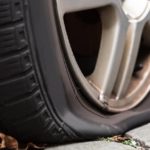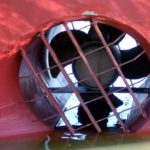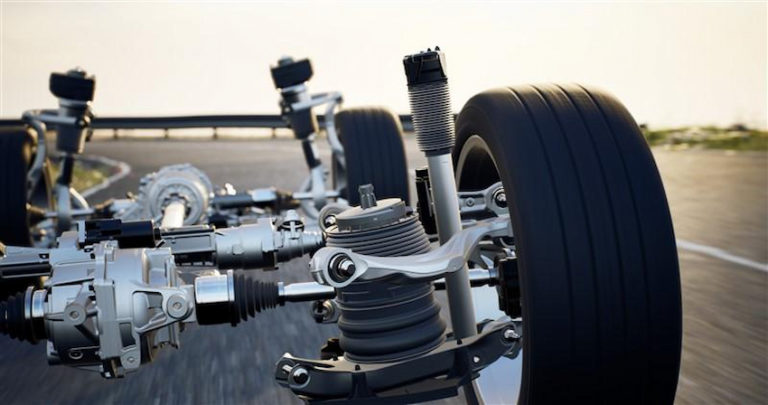Since 2015, every new diesel-powered vehicle sold in Australia has been equipped with a diesel particulate filter (DPF). With the adoption of Euro 5 exhaust emission standards, these devices became mandatory to help curb the release of diesel combustion pollutants; and while they certainly lack the glamour that high-flow headers and mufflers have, they still play a major part in your engine’s performance.
By a process known as regeneration, DPFs are designed to capture and burn off harmful diesel particulates. However, once a DPF becomes impassably clogged, not only will it capsize your vehicle’s performance, but it can also leave you hopelessly stuck in limp mode until the problem is corrected. The solution is to not allow your DPF to go all the way to the point of failure, and that effectively means replacing it at the first sign of verifiable trouble.
High-Performance Replacement DPFs Give Your Diesel Engine Full Flow Efficiency
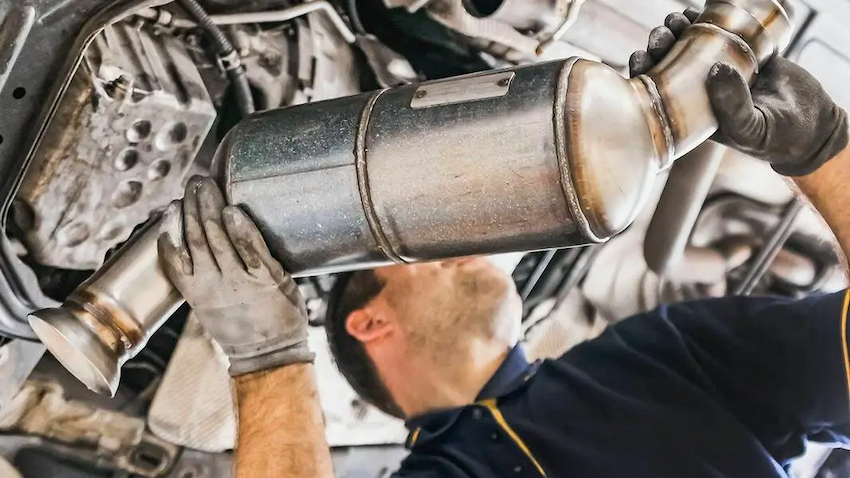
Whether it’s the result of a dashboard or OBD2 warning, a telling visual inspection, or as part of a revamp of your entire exhaust system, a high-performance ute or car DPF is the only alternative you should consider when you’re looking at replacements. That’s not only because they’re longer lasting and more efficient at regeneration, but because they also allow greater exhaust flow than their OE counterparts. For a part that’s arguably the hardest working component in a diesel exhaust system, it’s a combination of traits that are hard to beat, and you only have to look at how premium quality replacement particulate filters are built to understand why these high-performance variants are so good.
Materials and construction mean everything with a high flow particulate filter, and the best units feature build qualities that include:
- Corrosion resistant, CNC-cut stainless steel DPF exhaust system components;
- TIG welded DPF exhaust housings, flanges, and fittings; and,
- Long-lasting silicone Carbide (SiC) or Cordierite (Crd) DPF filter monolith internals.
The superior construction of high-flow aftermarket DPF filters ultimately means that flow efficiencies of up to 95% are possible without compromising their primary functionality. For urban diesel owners in particular, this is an especially welcomed advantage because their DPF filters don’t always have the opportunity to perform or regenerate the way regional or longer-distance diesel owners’ vehicles would.
Indicators That It’s Time to Change Your Vehicle’s DPF
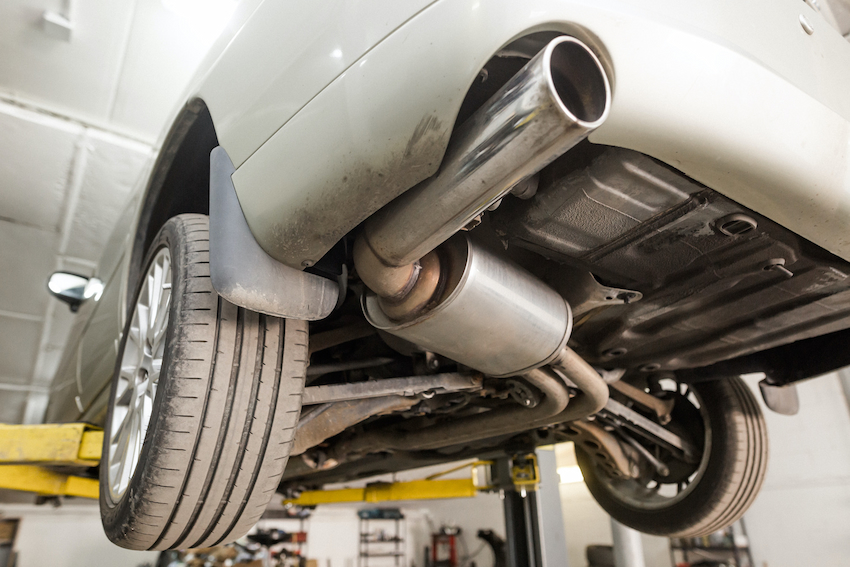
Automotive diesel particulate filters have two ways to perform regeneration: either passively or actively. With passive regeneration, once the DPF reaches 45% of its particulate capacity and the vehicle is driven at highway speed, the exhaust system’s natural temperatures are high enough to burn off the collected particulate matter. Assuming, however, a DPF reaches its capacity threshold but never reaches the temperature to burn off the particulate matter on its own, the vehicle’s ECU will automatically engage active regeneration by injecting fuel directly into the diesel exhaust filter to help incite the necessary burning temperature, but at more moderate driving speeds.
It’s not surprising, therefore, that regeneration occurs more frequently on vehicles that drive regional and highway distances and speeds than on ones that spend most of their time plodding from one set of traffic signals to the next. It’s when your vehicle isn’t able to engage regeneration under any driving condition, however, that a DPF full of unburned soot and ash is likely to leave you with a blossoming list of problems which, in addition to a bevy of dashboard warning lights, might include:
- Difficulty starting and frequent stalling;
- A precipitous loss of power;
- A dramatic reduction in fuel economy;
- Oily, unburned exhaust from the tailpipe; and,
- The persistent smell of burnt diesel fuel.
These are also indicators that your engine and transmission are being stressed to overcome the backpressure created by particulate buildup. A clogged turbo-diesel DPF can even lead to costly wastegate failure and turbine seizure, which is why you not only need to address DPF problems before they escalate, bu also be able to identify why your OE DPF went bad in the first place.
A Faulty DPF Could be the Result of Another Problem
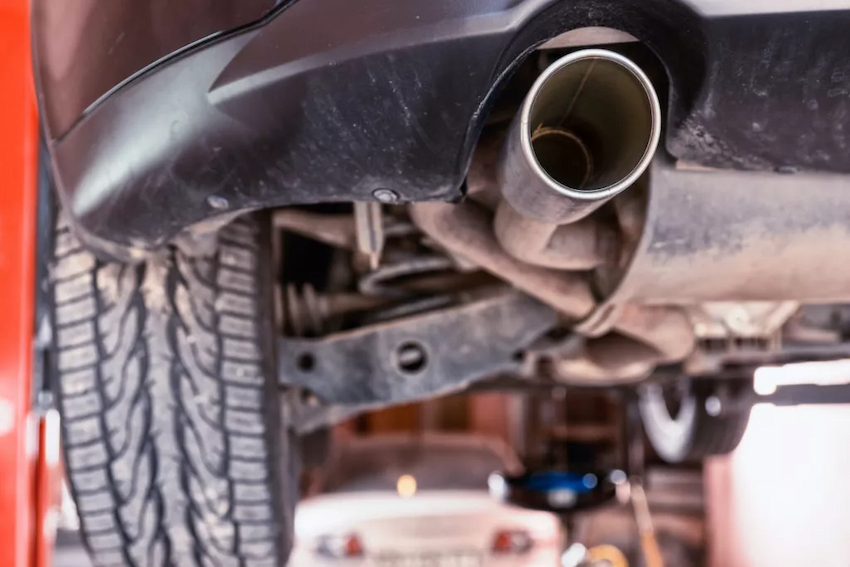
Although your DPF’s longevity is no different from any other exhaust component, understanding why you have a diesel particulate filter full of unregenerated particulate is a crucial part of recognizing if you have other upstream problems that could be even more detrimental. Not driving your car or ute long enough to engage regeneration, the quality of fuel you use, and even the weight of the loads you regularly carry can all have an impact on how your DPF system performs, but any number of mechanical problems can also be a fault, including:
- A faulty exhaust sensor that could be affecting your ECU’s ability to regulate DPF performance;
- A stuck, dirty, or defective exhaust gas recirculation (EGR) valve; or,
- Defective fuel injectors pumping excess fuel into the engine.
The fact is, with more than just a handful of possible causes to choose from, an OBD2 reader is the best diagnostic tool you can use to effectively pinpoint the root of your diesel DPF filter problems. It’s not a component that you can simply remove or eliminate: It’s an emissions device that’s lawfully required by Australia Design Rules (ADRs), which is why if yours needs to be replaced, the replacement needs to be every bit as effective as its OE counterpart.
The Final Word
At the end of the day, when it comes to durability, low-end torque, and fuel economy, diesel engines are hard to beat. The fact that they even produce less emissions overall than their petrol-powered kindred, however, doesn’t diminish the point that they still require assistance with removing soot and ash from their exhaust gases. Fortunately, though, the technology that’s responsible for removing that particulate content has evolved to a degree that it doesn’t even diminish performance.
With a high-performance ute or car DPF, not only are you making an ADR-compliant difference in cutting emissions, but you’re doing it without sacrificing any of your diesel’s other characteristics. It’s a proposition that is well worth considering when it’s time to replace your DPF, or when you’re looking at upgrading your full exhaust system.


